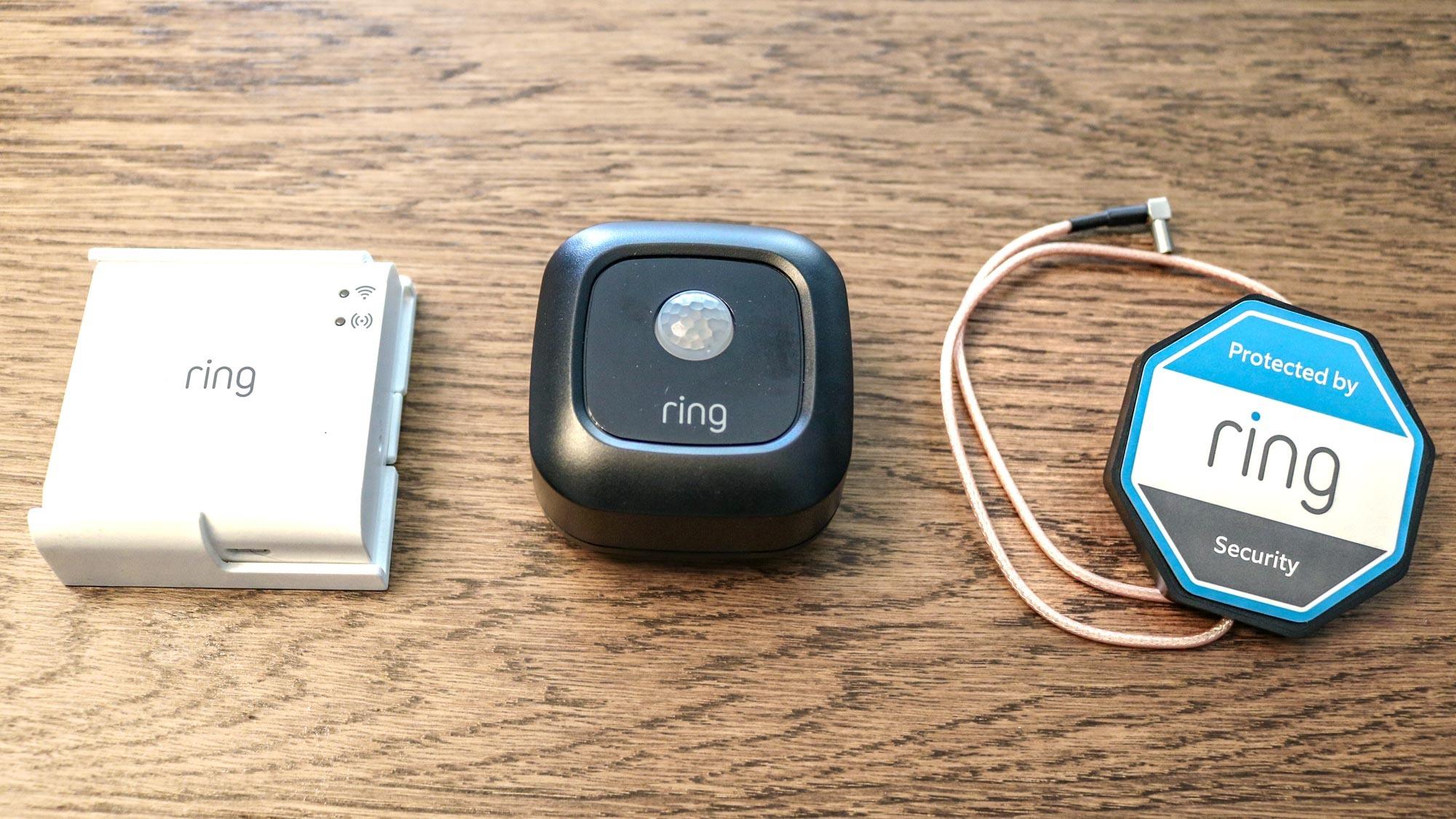Title: Report: Amazon might ask you to pay for the best Alexa
Introduction
In the rapidly expanding smart home market, Amazon’s Alexa has emerged as a leading voice assistant, offering convenience and control at the sound of your voice. However, recent reports suggest that Amazon is considering introducing a paid model for access to enhanced functionality and features on its popular Alexa devices. As speculation grows, many are left wondering what this could mean for users and the future of smart home technology.
The Evolution of Smart Home Technology
Smart home devices have gained substantial popularity in recent years, simplifying countless daily tasks and transforming the way people interact with their homes. Amazon’s Alexa has played a significant role in this revolution, with millions of households using the voice assistant to control lights, thermostats, play music, answer trivia questions, and perform a range of other tasks.
Despite initially providing free access to many features, companies like Amazon are continuously innovating in order to provide more convenience and a richer user experience. This has led to a slew of new features, such as voice calling, intercom capabilities, controlling smart devices remotely, and personalized routines. However, these advancements also come with associated costs, prompting Amazon to explore alternative revenue streams.
Amazon’s Potential Paid Model
According to recent reports, Amazon is considering introducing a paid model for access to premium features on their Alexa devices. While the basic functionalities will still remain free, users may have to pay a subscription fee to unlock additional capabilities.
It is believed that the paid model would allow users to enjoy an ad-free experience, access premium music streaming services, benefit from priority customer support, and unlock advanced features specifically designed for smart homes. However, details about the pricing structure and the specific features that will be offered under the paid model are yet to be disclosed.
Implications for Users
Introducing a paid model for enhanced Alexa functionality may have both positive and negative implications for users. On the positive side, it could enable the development of more advanced and sophisticated features, enhancing the overall voice-assistant experience. Additionally, with a steady revenue stream from subscriptions, Amazon may be incentivized to continually invest in research and development, ensuring Alexa remains at the forefront of smart home technology.
However, this change could also alienate some users who have come to rely on the free version of Alexa. Some may be unwilling or unable to pay for the enhanced version, finding themselves restricted to the basic functionalities. Additionally, concerns about privacy may arise as paying customers might expect access to a more personalized experience, potentially raising questions about data collection and usage.
The Future of Smart Home Technology
As other voice assistant competitors, such as Google Assistant and Apple’s Siri, continue to evolve and innovate, Amazon’s potential paid model could fuel a trend in the smart home market. The introduction of a subscription-based model might pave the way for enhanced features becoming the new normal in smart home technology, with consumers increasingly expecting premium functionality for a monthly fee.
Ultimately, the success or failure of a paid model for Alexa will depend on its execution, pricing strategy, and the value it offers to customers. As the smart home market continues to grow, it remains to be seen how Amazon will strike a balance between maintaining a free basic service and offering a subscription-based enhanced experience.
Conclusion
While rumors of Amazon introducing a paid model for enhanced Alexa features continue to circulate, the potential implications for users and the future of smart home technology remain uncertain. While some may welcome the opportunity to access more advanced features, others may find themselves excluded from an elevated experience. Only time will reveal whether this new direction marks a major shift in smart home technology or serves as an add-on for select users willing to pay for premium functionality.

